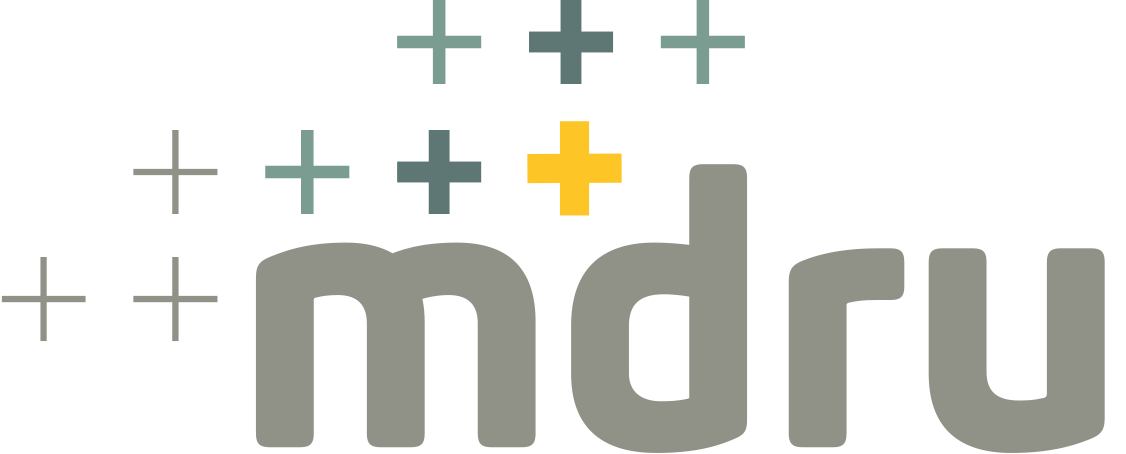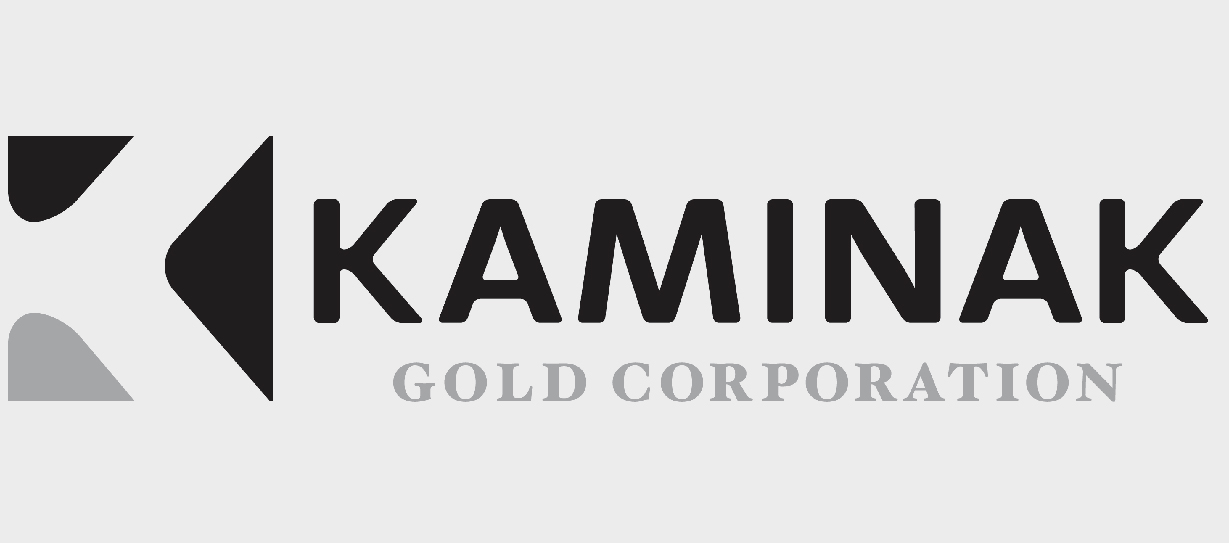Project Information
- Ore Deposit: Orogenic gold
- Commodity: Gold
- Research Themes: Gold Deposits, Regional Metallogeny
- Location: Dawson Range, Yukon, Canada
- Project Status: Completed
- Start Date: 2014
- End Date: 2018
With the discovery of the Coffee gold system in 2010, Kaminak Gold quickly built a >5Moz gold resource that facilitated a $520M takeover by Goldcorp. Significant advances had been made to characterize the deposit's geology, alteration, and mineralization, but questions remained about the geological controls of gold distribution and grade, styles of mineralization, the age and structural evolution of the hydrothermal system. Answers to these questions not only impact the knowledge and decision-making at Coffee, but also contribute to exploration throughout the region.
This project was completed as a PhD project that was part of MDRU's Yukon-Alaska Gold Metallogeny multi-company consortium project which also focuses on deposit-scale and regional ore controls. The project was sponsored by Kaminak, Goldcorp and NSERC.
To address these geological problems,they were tackled as part of a PhD project, with the objectives to:
To develop a robust geological model of the Coffee gold deposits that can be tested with predictive targeting exercises, the following objectives are identified:
- Develop a structural model for formation of the Coffee gold deposits. Geometric, textural and kinematic structural information from oriented drill core, outcrops and geophysical datasets will be integrated into a coherent structural model to establish structural targeting criteria.
- Detailed geological maps, sections and a 3D geological model of the metamorphic and igneous host rocks of the Coffee deposits will be integrated with assay information to establish lithological, structural, geochemical and mineralogical associations and to determine the structures and lithologies most favourable for ore formation.
- Determine the mineralogical and geochemical footprint of gold mineralization by creating a detailed alteration model that relates alteration mineralogy and geochemistry with host rock lithology. This will be achieved by the systematic collection of mineralogical information by chemical staining, SWIR/Terraspec, and XRD, and integration/interrogation of this data with bulk rock geochemical data.
- Establish the physicochemical properties of the mineralizing fluid and determine the implications for grade distribution, deposit characteristics and genesis. Fluid properties can be (reverse engineered) from the mineralogy of alteration and ore minerals. Isotopic fingerprinting of sulphide minerals (S, Pb) and gangue minerals (O, H, C) will establish fluid origin and rock-fluid interactions, which will further contribute to the understanding of deposit genesis.







